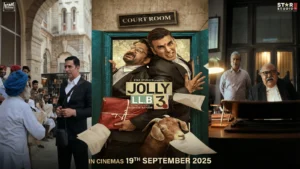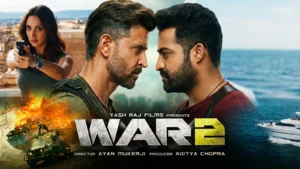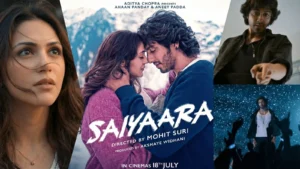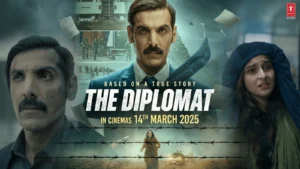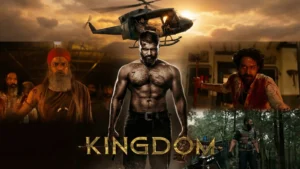When I walked into the theatre to watch 120 Bahadur, Farhan Akhtar’s latest war drama, I already had a sense of what I was stepping into. The teaser and trailer had made one thing unmistakably clear: this film was going to be visually breathtaking. But I didn’t expect that one thought would keep repeating in my mind throughout the screening – “When was the last time I watched a Hindi film that looked this good on the big screen?”
Set against the harsh backdrop of the 1962 India–China war, the film focuses on a single, defining battle where 120 Indian soldiers stood their ground against nearly 3000 Chinese troops. Leading the defence is Major Shaitan Singh Bhati, played by Farhan Akhtar, who becomes the emotional and dramatic anchor of this ambitious war epic. And what unfolds is a film that combines craft, emotion, action, and scale in several spectacular ways – though it does falter in certain narrative areas.
In this review, I’ll take you through my complete experience: the highs, the weaknesses, the craft, the performances, the narrative pacing – and ultimately, whether 120 Bahadur earns your time and money.
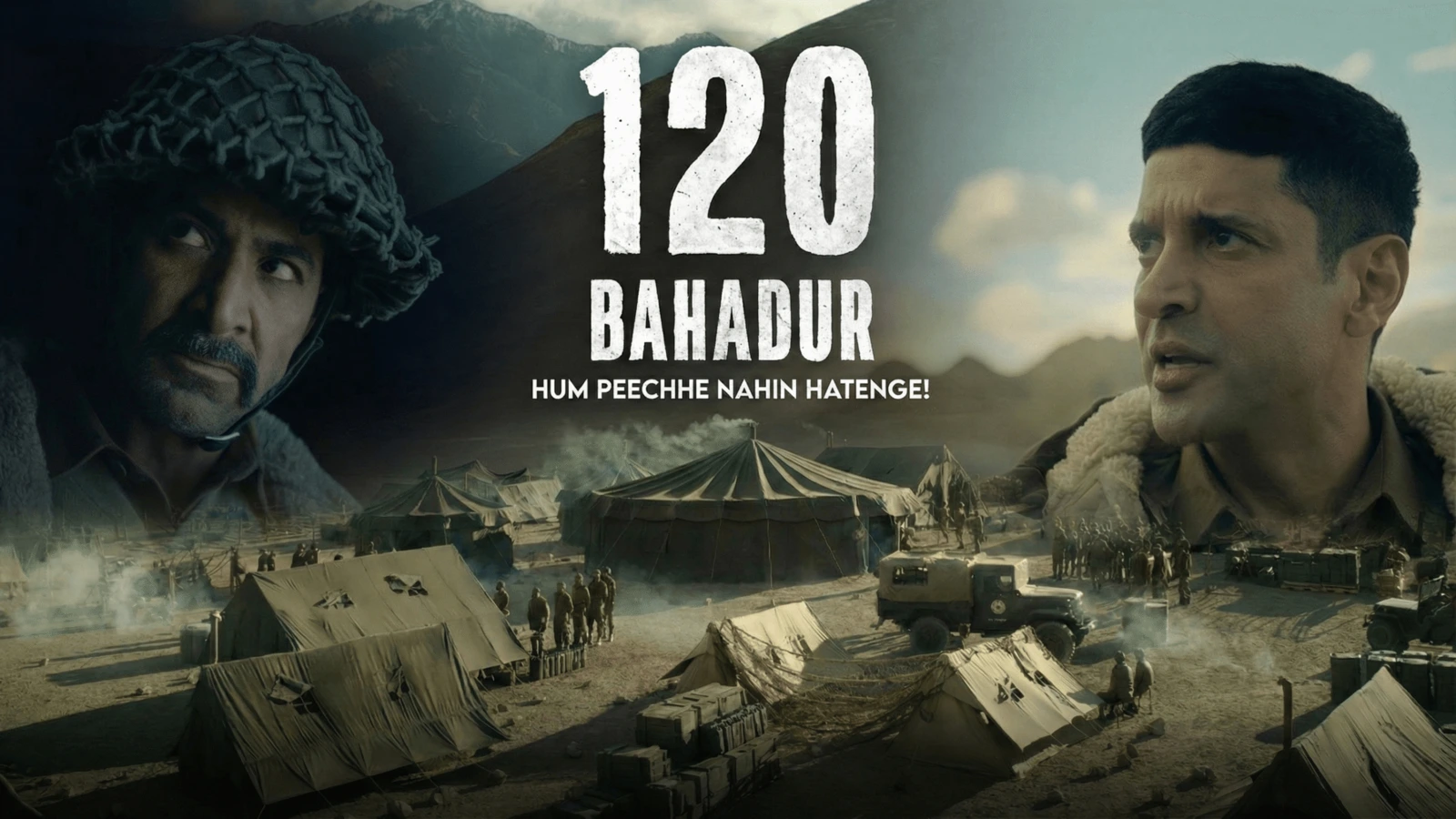
A Visual Triumph: Cinematography That Elevates the Entire Film
Let me start with the aspect that left the deepest impression on me: the visuals.
Nearly 75 to 80% of the film unfolds in one single mountain location, and the team has made every frame count. Hindi cinema has delivered visually beautiful films before, but 120 Bahadur genuinely stands apart in how organically stunning it looks.
The cinematography is not simply good – it’s stunning, atmospheric, and artistically immersive. The backlit shots, in particular, deserve special praise. Several times, the characters appeared only as silhouettes against a glowing horizon, and instead of feeling stylistic for the sake of beauty, these shots added emotion and weight to the narrative.

And then there’s the nighttime cinematography – something that Hindi films often struggle with. 120 Bahadur finally gets it right. Dark scenes look genuinely dark. Blacks look like blacks. There’s no artificial blue tinting – what I often call the “blue vomit” look – that ends up ruining night scenes in many mainstream films.
The dust rising under the soldiers’ boots, the harsh sunlight burning their skin, the cold winds slicing through their uniforms – every natural element feels tactile. It looks real, it feels real, and therefore the stakes feel real.
I couldn’t help but think: They must have really gone to the mountains to shoot this. The terrain feels too authentic to be a set or a CGI backdrop.
In a time when almost everything we see is CGI-heavy or filmed on overly polished sets, 120 Bahadur is a breath of fresh, cold mountain air. The colors are pristine, the landscapes untouched, and the texture of reality is so strong that it adds layers of credibility to the storytelling. Just for the visual experience alone, this film deserves a theatrical watch.
- A Visual Triumph: Cinematography That Elevates the Entire Film
- The Second Half: A Gripping, Emotionally Charged Battle Spectacle
- But the Film Is Not Perfect: The First Half Needed More Strength
- 1. Character Introductions and Conversations Feel Basic
- 2. The Film Leans Too Heavily on Clichéd Tropes
- Performances: Farhan Akhtar Anchors the Ensemble Without Dominating It
- Runtime and Pacing: Solid, Tight, and Never Dragging
- Technical Excellence: The Film’s Strongest Pillar
- A Must-Watch for Its Visual Brilliance and Second Half
- Related Movie Reviews
- Rate this movie
The Second Half: A Gripping, Emotionally Charged Battle Spectacle
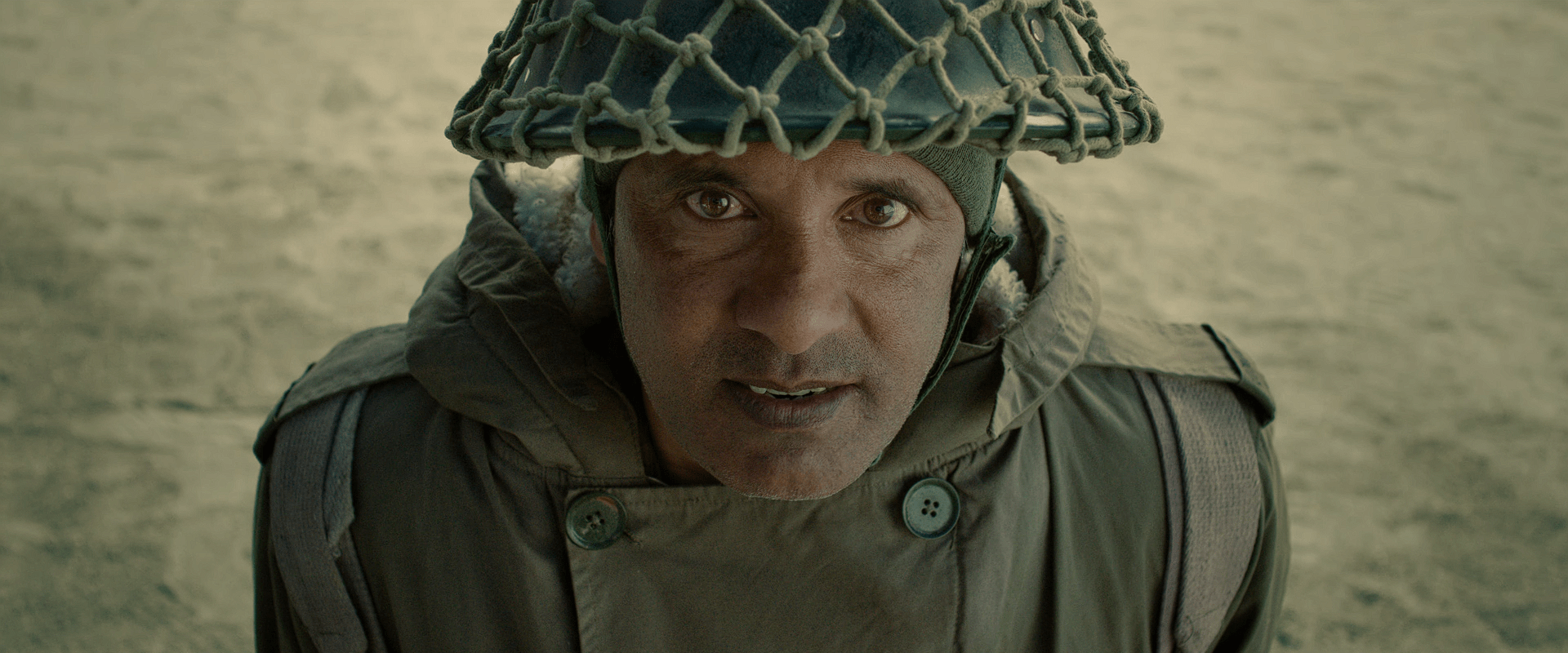
If the first half builds the world, the second half detonates it – literally and emotionally.
The bulk of the second half is dedicated to the battle sequence, and this portion is where the film truly fires on all cylinders. You feel the meticulousness in how strategies are explained, how formations are arranged, how ambushes unfold, and how quick decisions can change the tide of war. Their planning, tactics, communication under pressure – everything has been shot with grounded realism.
Sure, some moments stretch reality slightly, but that’s expected in cinema. What matters is that the battle feels intense, coherent, and emotionally engaging, and the film achieves that remarkably well.
The explosions, the gunfire, the close combat – all of it looks raw. When soldiers fall, the weight of each loss is felt. One thing I must point out: the film does justice to the role of the action director, whose name appears right at the start of the film. And rightly so. The impact of his work runs through every major action set-piece. No shortcuts, no compromises – just pure, grounded war choreography.
By the end of the second half, I found myself unexpectedly emotional. Not because the film was trying too hard to manipulate my feelings, but because the characters’ camaraderie, their banter, their sacrifices, and their final stand all come together in a deeply affecting manner.

But the Film Is Not Perfect: The First Half Needed More Strength
While the second half is stellar, I have to be honest – the first half didn’t feel as strong to me, and there are two clear reasons for this.
1. Character Introductions and Conversations Feel Basic
Nothing is wrong with the way the characters are introduced, but nothing feels uniquely impressive either. The emotional or interpersonal moments in the first hour are serviceable but not extraordinary, especially from a screenplay standpoint.
Given the potential depth of this story, I expected more layered writing in the initial interactions.
2. The Film Leans Too Heavily on Clichéd Tropes
This is the bigger issue.
War films – especially Indian ones – risk falling into predictable patterns because we’ve seen so many of them in recent years. That saturation is starting to show. Instead of differentiating itself, 120 Bahadur sometimes blends into familiar territory.
For example, to make the audience emotionally connect with a character, the film shows his family life – but only for one character, and even that feels abrupt. The film will pause the intense mountain narrative for just a few seconds, cut to Farhan Akhtar’s home, show something very basic, and then jump back to the battlefield.

It feels like an add-on rather than an organic part of the narrative.
I noticed something interesting during these sequences: People in the first few rows took out their phones. That only happens when a moment doesn’t feel compelling enough. Ironically, the strongest emotional moment in the film comes not from these forced family flashbacks, but from the way the soldiers interact on the battlefield. Those scenes feel real, heartfelt, and rooted in the moment.
A stronger choice might have been to skip the family angle altogether and let the audience imagine what lies behind these soldiers’ personal lives. The film is set across just two or three days, all in one location – staying fully rooted in that space might have enhanced the immersion even more.
Performances: Farhan Akhtar Anchors the Ensemble Without Dominating It
Farhan Akhtar delivers a controlled, dignified performance as Major Shaitan Singh Bhati – never larger than life, never melodramatic. But what I appreciated most was that the film does not revolve solely around him. Many times, you don’t see the main character for extended stretches.
This works beautifully for the narrative because it reinforces the idea of seeing not just a hero, but an army unit – men functioning as one body. The banter among the soldiers, their small conflicts, their brotherhood, the subtle humour that occasionally surfaces – all of it creates a believable group dynamic.
There was one character, though, whose voice felt odd to me. In one scene he sounded one way, in the next scene another way, and then different again. Either there was some fluctuation in the dubbing, or my ears were having a moment. If someone else noticed this, I’d love to know.
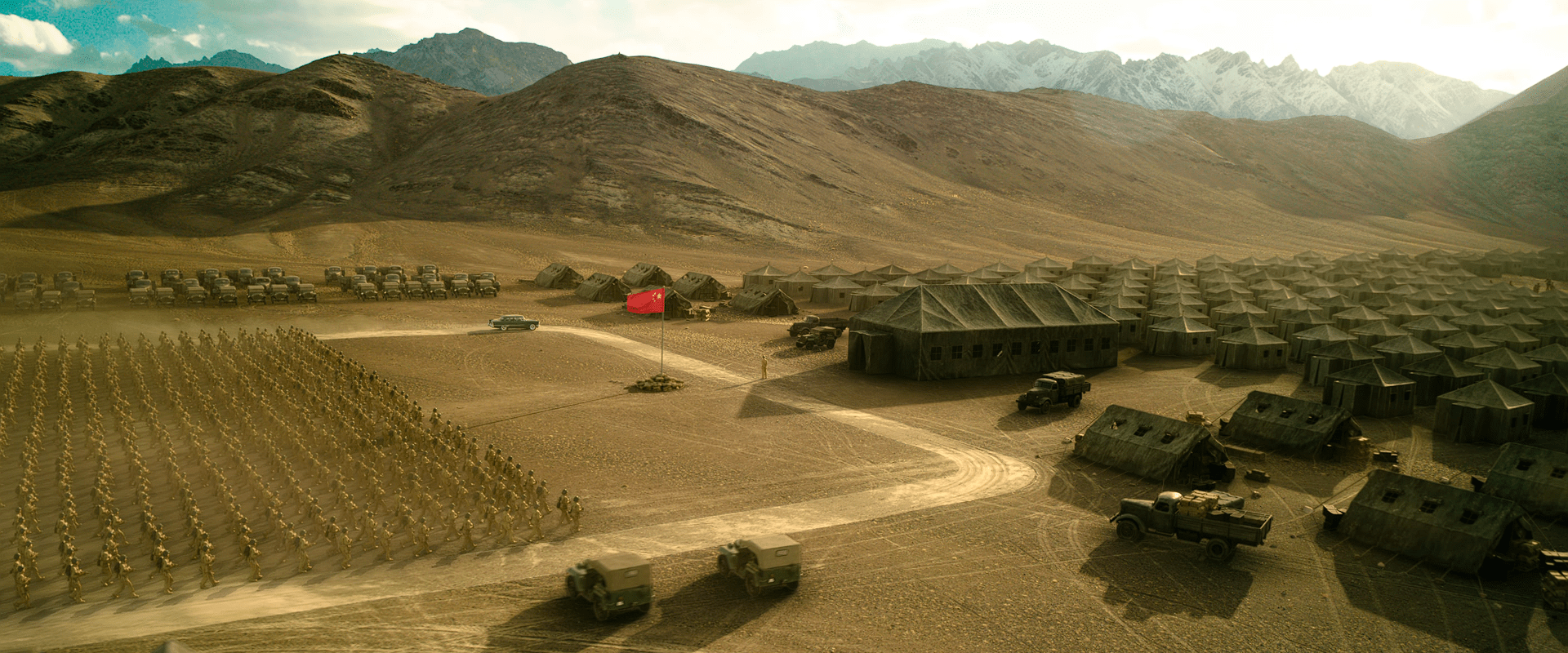
Runtime and Pacing: Solid, Tight, and Never Dragging
The film runs for 2 hours and 20 minutes, and to my surprise, it doesn’t feel long at all. Even with the dips in the first half, the film flows fairly smoothly, largely because the second half grips you so strongly that the overall experience remains engaging.
Technical Excellence: The Film’s Strongest Pillar
Despite its narrative flaws, the film remains technically brilliant. Cinematography, action choreography, sound design, and production quality all complement each other to elevate the film. It’s one of those rare war dramas where the technical craft is so good that it becomes a compelling reason to watch the film in theatres.
A Must-Watch for Its Visual Brilliance and Second Half

Ultimately, 120 Bahadur may not be a perfect film – and yes, certain aspects felt noticeably weaker to me, especially in the first half. But it is also a film with a massive heart, grounded performances, and some truly unforgettable battle sequences.
You might find the weak points less bothersome than I did. And even if you don’t, the things the film gets right are strong enough to make the theatrical experience absolutely worth it.
My Rating: 4/5
A powerful, visually stunning war drama that shines brightest when the guns fire and the soldiers stand their ground. A definite Go For It.
